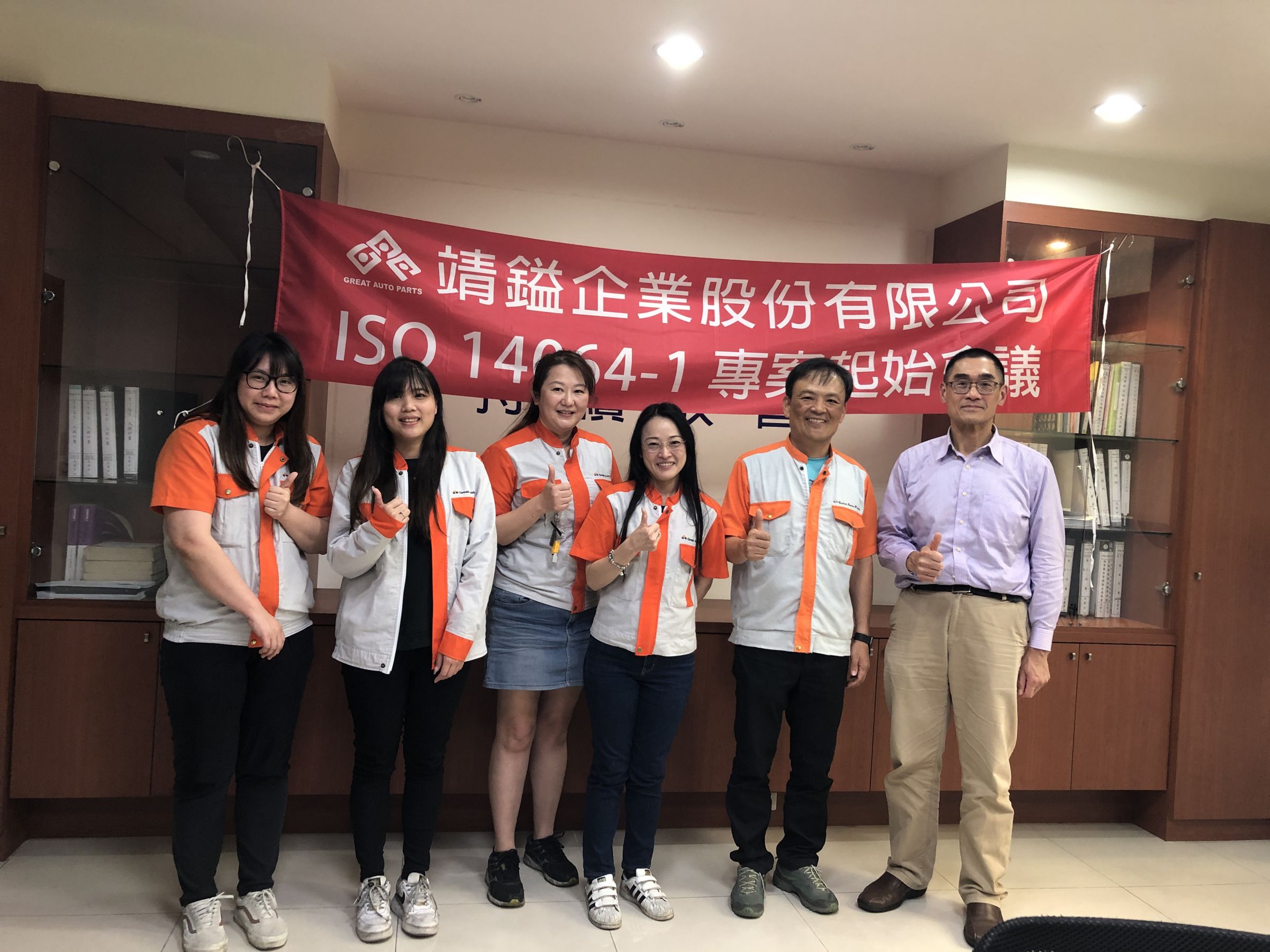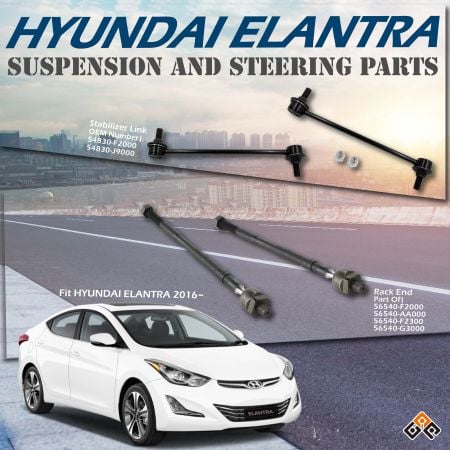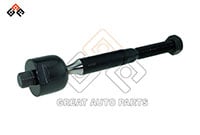Net Zero vs Carbon Neutral: Impact on Auto Parts Industry
Understanding the Basics
Before diving into how net zero and carbon neutral strategies affect the automotive parts industry, it's crucial to grasp what these terms mean. Simply put, achieving 'net zero' carbon emissions means that a company or industry balances the amount of greenhouse gases emitted into the atmosphere with an equivalent amount of carbon removal. On the other hand, 'carbon neutral' refers to offsetting carbon dioxide emissions with an equal amount of reduction or removal elsewhere, not necessarily through direct action by the same entity.
Comprehensive Differences between Net Zero and Carbon Neutral
The concepts of "Net Zero" and "Carbon Neutral" are pivotal in the fight against climate change, especially within industries like automotive parts manufacturing. While both aim to reduce the environmental impact of business operations, their strategies, implications, and outcomes vary. Understanding these differences is crucial for companies striving to make informed, responsible choices.
- Strategic Approach
Net Zero: This approach requires a fundamental transformation in how a business operates. It involves drastically reducing carbon emissions through changes in production processes, energy use, and overall business practices. Achieving net zero means that any emissions that cannot be eliminated must be balanced with carbon removal efforts, such as carbon capture and storage technologies.
Carbon Neutral: Carbon neutrality focuses on offsetting emissions produced by a company with an equivalent amount of carbon savings elsewhere. This can be achieved through various means, including investing in renewable energy projects, forestation initiatives, or purchasing carbon credits. It doesn’t necessarily require a company to change its operations or reduce emissions directly. - Long-term Commitment and Sustainability
Net Zero: Committing to net zero is a long-term commitment that signifies a company’s dedication to achieving real, sustained reductions in carbon emissions. It’s about making lasting changes that have a direct impact on the planet’s carbon balance.
Carbon Neutral: Carbon neutrality can be achieved more quickly and often at a lower cost since it may involve supporting external projects that compensate for the company’s emissions. While beneficial, it’s seen by some as a shorter-term solution that doesn’t always encourage companies to reduce their own carbon footprint. - Cost and Investment
Net Zero: The path to net zero can require significant upfront investment. Companies may need to invest in new technologies, retrofit existing facilities, or change their energy sources to renewable ones. The financial commitment is substantial, but it can lead to long-term savings and efficiencies.
Carbon Neutral: Achieving carbon neutrality might involve lower initial costs, focusing more on purchasing offsets than on overhauling existing systems. While it requires financial investment, the focus is on balancing emissions rather than eliminating them at the source. - Regulatory and Market Perception
Net Zero: Regulators and consumers increasingly favor net zero commitments as they represent tangible action against climate change. Achieving net zero can enhance a company’s market position, attract environmentally conscious consumers, and comply with stringent regulations.
Carbon Neutral: Carbon neutrality is also positively viewed, but stakeholders are becoming more discerning about the depth of commitment it represents. There’s a growing preference for actions that directly reduce emissions over those that compensate for them.
Impact of Net Zero and Carbon Neutral Strategies on the Auto Parts Industry
The global shift towards sustainability has positioned net zero and carbon neutral strategies as key drivers in transforming industries, notably the automotive parts sector. This transition impacts various facets of the industry, from manufacturing processes to market competitiveness. Here's a comprehensive look at how these environmental strategies are influencing the auto parts industry.
- Manufacturing Processes and Supply Chain
Achieving net zero requires significant changes in manufacturing processes. Companies are investing in clean energy sources, such as solar or wind, to power their operations, drastically reducing their reliance on fossil fuels. This shift not only affects the direct operations of companies but also necessitates a transformation throughout the supply chain. Suppliers are often required to adhere to stricter environmental standards, ensuring that materials and components are produced sustainably.
On the other hand, carbon neutrality also encourages a move towards more sustainable operations, its impact on manufacturing processes can be less direct. Companies may continue operating as before but offset their emissions through investments in renewable energy projects or carbon credits. This approach can lead to improvements in the environmental footprint of the industry without requiring immediate changes in production methods. - Competitive Advantage and Market Position
Net Zero and Carbon Neutral: Both strategies offer a competitive edge in an increasingly environmentally conscious market. Companies that commit to either net zero or carbon neutrality can leverage their sustainability credentials to attract customers, partners, and investors. However, net zero commitments may carry more weight as consumers and stakeholders increasingly seek out companies with genuine, impactful environmental actions rather than those perceived to be merely offsetting their carbon footprint.
avigating Challenges: The Road to Sustainability in the Auto Parts Industry
The auto parts industry's journey towards achieving net zero and carbon-neutral goals is fraught with challenges. These obstacles range from the technical and financial to the strategic and regulatory, each demanding tailored solutions and persistent efforts. Understanding these challenges comprehensively is key to developing effective strategies for overcoming them.
Navigating Challenges: The Road to Sustainability in the Auto Parts Industry
The auto parts industry's journey towards achieving net zero and carbon-neutral goals is fraught with challenges. These obstacles range from the technical and financial to the strategic and regulatory, each demanding tailored solutions and persistent efforts. Understanding these challenges comprehensively is key to developing effective strategies for overcoming them.
- Financial and Investment Hurdles
One of the most significant barriers is the substantial initial investment required to transition towards greener operations. Retrofitting factories, adopting new manufacturing technologies, and sourcing sustainable materials demand considerable capital. Additionally, the return on investment (ROI) for such initiatives can be long-term, making it challenging to justify the upfront costs. Securing funding and managing these financial risks while ensuring business continuity poses a significant challenge for many in the industry. - Technological and Infrastructure Limitations
The shift towards sustainability often necessitates the adoption of cutting-edge technologies and the overhaul of existing infrastructure. However, the pace of technological development and the availability of these innovations can vary greatly. Challenges include integrating new technologies into existing production lines, the reliability of renewable energy sources for consistent power supply, and the scarcity of sustainable materials. Overcoming these limitations requires a commitment to research and development (R&D) and a willingness to pilot new solutions. - Supply Chain and Operational Adjustments
Transforming the supply chain to align with net zero or carbon-neutral goals involves ensuring that every link in the chain, from raw material extraction to final product delivery, meets stringent environmental standards. This process can be complex, given the global nature of automotive supply chains and the varying environmental regulations across countries. Companies need to work closely with suppliers, often requiring them to make similar environmental commitments, which can be a significant coordination and compliance challenge. - Regulatory Compliance and Policy Uncertainty
Navigating the evolving landscape of environmental regulations and policies adds another layer of complexity. Regulations can vary widely by region and are subject to change, making compliance a moving target. Additionally, there's the challenge of anticipating future policies and ensuring that current investments in sustainability will align with upcoming requirements. This regulatory uncertainty makes strategic planning difficult, as companies must balance current compliance with the flexibility to adapt to future changes.
Overcoming the Challenges
In conclusion, Great Auto Parts, deeply aware of the significance of environmental stewardship, has taken proactive steps by initiating carbon audits in 2024. This initiative underscores our unwavering dedication to contributing to a sustainable future. Despite encountering challenges such as financial hurdles, technological limitations, and supply chain adjustments, we, at Great Auto Parts, reaffirm our steadfast commitment to environmental sustainability. We pledge to continue our efforts, overcoming obstacles, and striving tirelessly towards a greener, more sustainable tomorrow.




